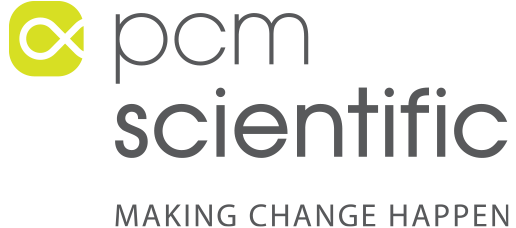Established in 2006, PCM Scientific specialises in providing expert-driven IME and accredited CME programmes that result in measurable and sustained clinical practice improvements across a variety of therapy areas. We uncover healthcare practice gaps and create engaging, live and enduring, learning activities that address the needs of different healthcare professionals to close those gaps and improve clinical outcomes.
PCM Scientific has an impressive track record in the delivery of large-scale, international IME/CME initiatives that improve multi-disciplinary healthcare provision.




